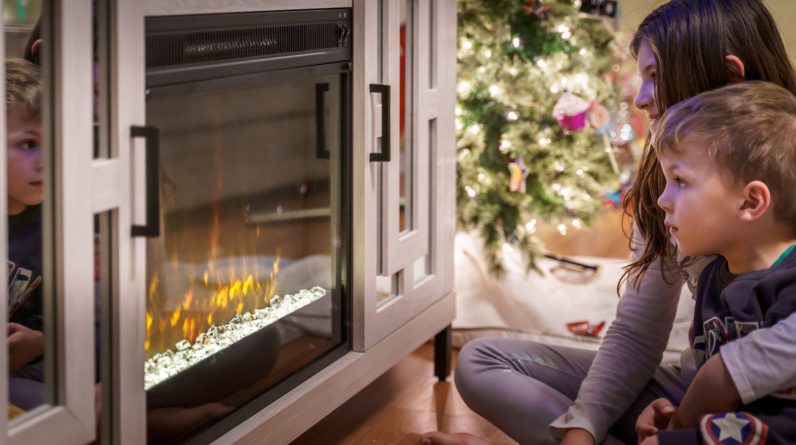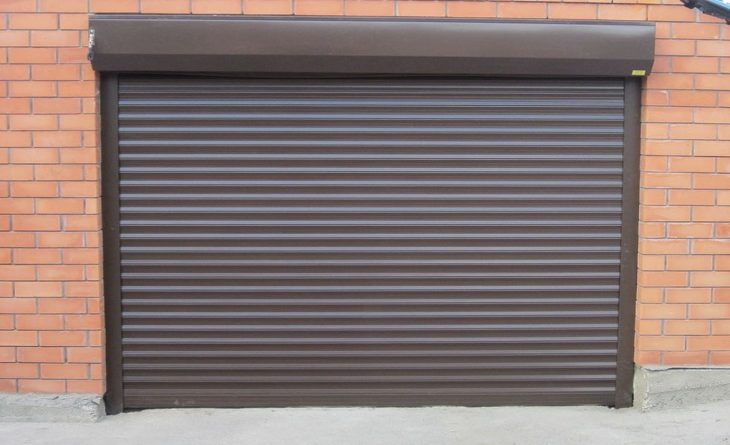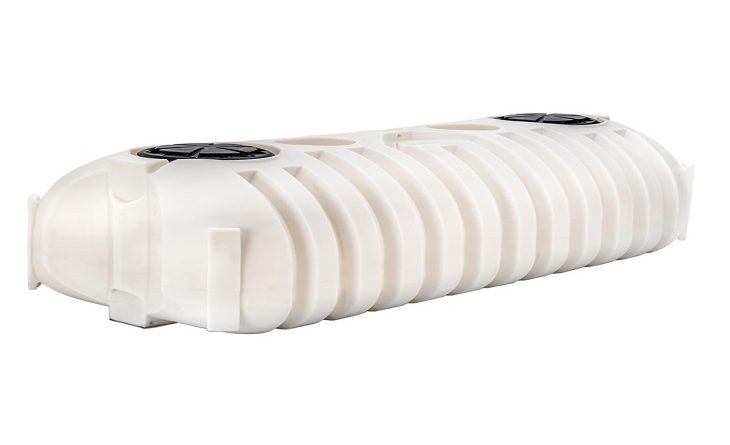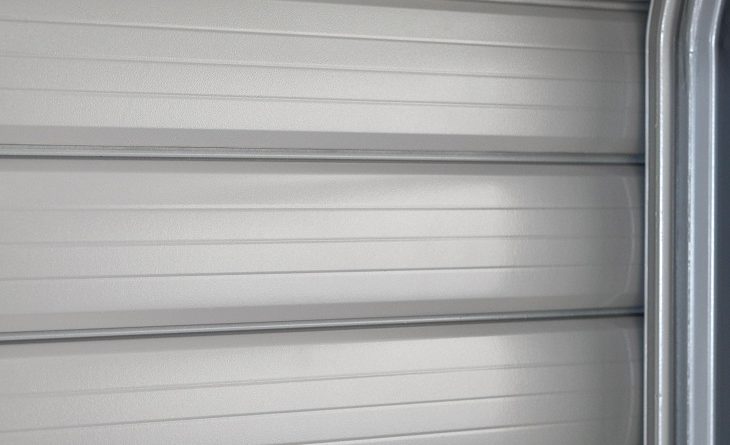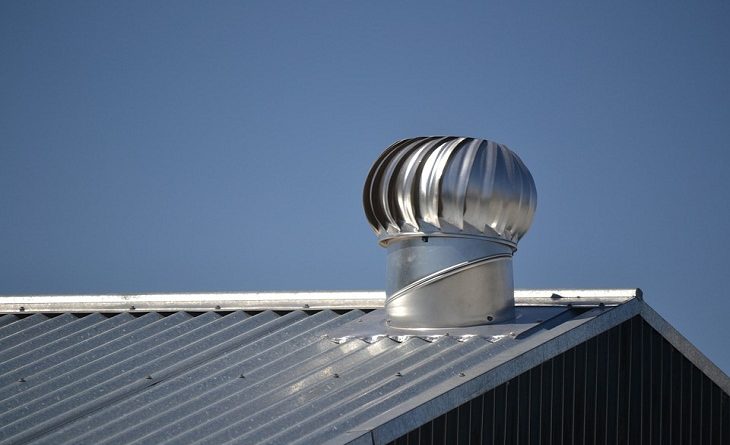
Roof ventilation involves enhancing the air circulation in the space between your roof and ceiling or your attic. This is slightly different from ordinary room ventilation.
Unlike your room, most roofs don’t have doors and windows that can be opened on a hot day. Unless your attic doubles up as living space, you may need to install special ventilation systems and vents for efficient circulation.
Why Do You Need Roof Ventilation?
Most people rarely check their roofs unless they suspect a problem. Yet, without good ventilation, you need to constantly inspect your roof. You need to check for mould, mildew, rot, moisture accumulation and many more challenges. The best roof ventilation systems require minimal human input and only need a few inspections per year.
In summer, the weather in Sydney can be extremely hot and humid. This is an ideal situation for the development of mould, mildew and rots in your attic frames. A good ventilation system prevents this by continuously letting warm moist air out and fresh cool air in.
The constant inflow of fresh air is vital when preventing the spread of diseases like flu, which is rampant in the winter. The list below highlights some of the specific advantages of roof ventilation.
Benefits of Roof Ventilation
1. Reduces Energy Bills
Roof ventilation systems can reduce your reliance on air conditioning. They allow the constant inflow of cool air even on the hottest days. This is essential in the summer when you need to cool your house down.
2. Enhances The Lifespan Of Your Roof
Poorly ventilated attics allow the accumulation of moisture in your roof. This moisture can find its way into the structural components of your roof. Long term accumulation of moisture can develop rot and compromise the integrity of the roof. Without good ventilation, you may need to replace or repair your entire roof.
3. Controls Pests and Pathogens
Sicknesses and ailments such as the flu spread faster in poorly ventilated environments. Good air circulation introduces fresh air and pushes out the contaminated one.
Also, most pests like to settle in warm, moist and dark rooms, especially in the winter. The ventilation system creates and sustains cool dry areas that discourage the nesting and multiplication of pests.
Types of Roof Ventilation
There are several different types of roof ventilation systems used in Australia today. Here are a couple of examples
1. Whirly Bird Roof Ventilation
The whirlybird roof ventilation system is one of the oldest ventilation systems in Australia. It is a metallic vertical fan that is mounted on top of your roof. It extracts warm air from your attic and prevents the accumulation of mould. Some of itskey features include
- 24-hour wind-powered operation
- Energy saving
- Easy to install
- Low maintenance
2. Maxbreeze Solar Powered Roof Ventilation
Solar-powered roof ventilation is designed to achieve the same purposes as ordinary ventilation systems. These include extraction of hot air, prevention of mould and improvement of air circulation in your roof.
Yet, the solar power element is what makes this system to stand out. It can be installed anywhere on or off-grid. Its 20W solar panel generates enough power to operate its fans throughout the day. It can even be equipped with backup batteries for operation at night. Here are a few features that make this ventilation unit stand out
- Powered by free solar energy
- Complete 30 minute DIY project
- Quiet brushless DC motor
- Aesthetic design with a slim pitch
